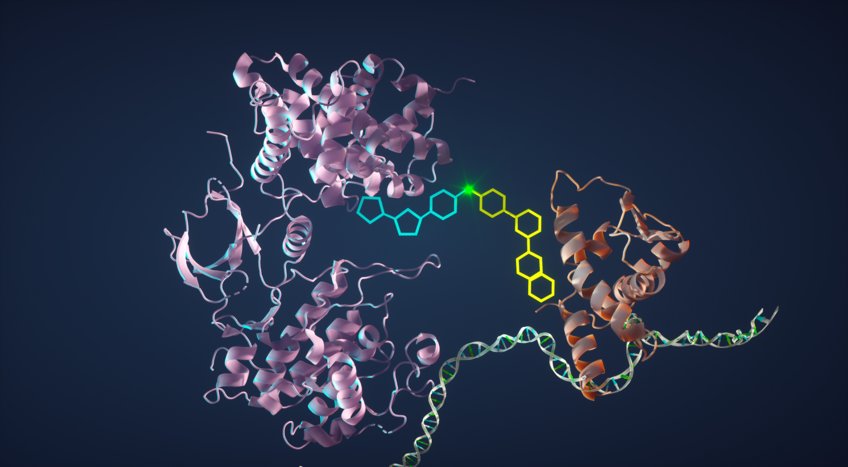
Chemically Induced Proximity
Research Group Leader: Roman Sarott
Bringing proteins closely together inside the cell is often sufficient to activate function. In the Sarott Lab, we make use of this unifying regulatory principle and delve deeper: we develop small molecules that induce new protein-protein interactions to reprogram cellular signaling and unlock novel therapeutic strategies. The research group begins its work in January 2025. Planning and recruitment are in full swing – get in touch!

What we strive for: our mission
- Rewiring Disease Drivers: By bringing proteins together within cells, we can precisely modulate cellular signaling. This approach helps us convert disease drivers into activators of therapeutic pathways.
- Chemically Induced Gene Modulation: We develop molecules that re-localize epigenetic activators and transcription factors on chromatin, enabling selective activation of therapeutic genes without genetic modifications.
What we do: our research
- Chemical Synthesis: We design and prepare small molecules for challenging drug targets such as transcription factors.
- Molecular Biology: We develop assays and methodologies to create a new class of biologically active molecules. We employ unbiased -omics approaches for detailed mechanistic studies.
- Basic and Applied Research: Our molecules serve as precision research tools and as basis for new therapeutic strategies.
“At the Sarott Lab, our goal is to rewire cellular signaling pathways relevant to human health and disease, without any need for genomic alteration to a cell or organism.” Roman Sarott
We’re hiring! Become a part of the Sarott Lab
Do you have a background in chemistry, molecular biology, or engineering? Are you passionate about spearheading the future of chemical tools and therapeutics research? Get in touch with us – we have opportunities at all levels!
Why join us?
- Interdisciplinary Collaboration: Work in a stimulating environment where diverse scientific backgrounds come together to tackle complex problems.
- Cutting-Edge Projects: Be at the forefront of developing chemical tools that can reshape therapeutic paradigms.
Latest publication in Science
